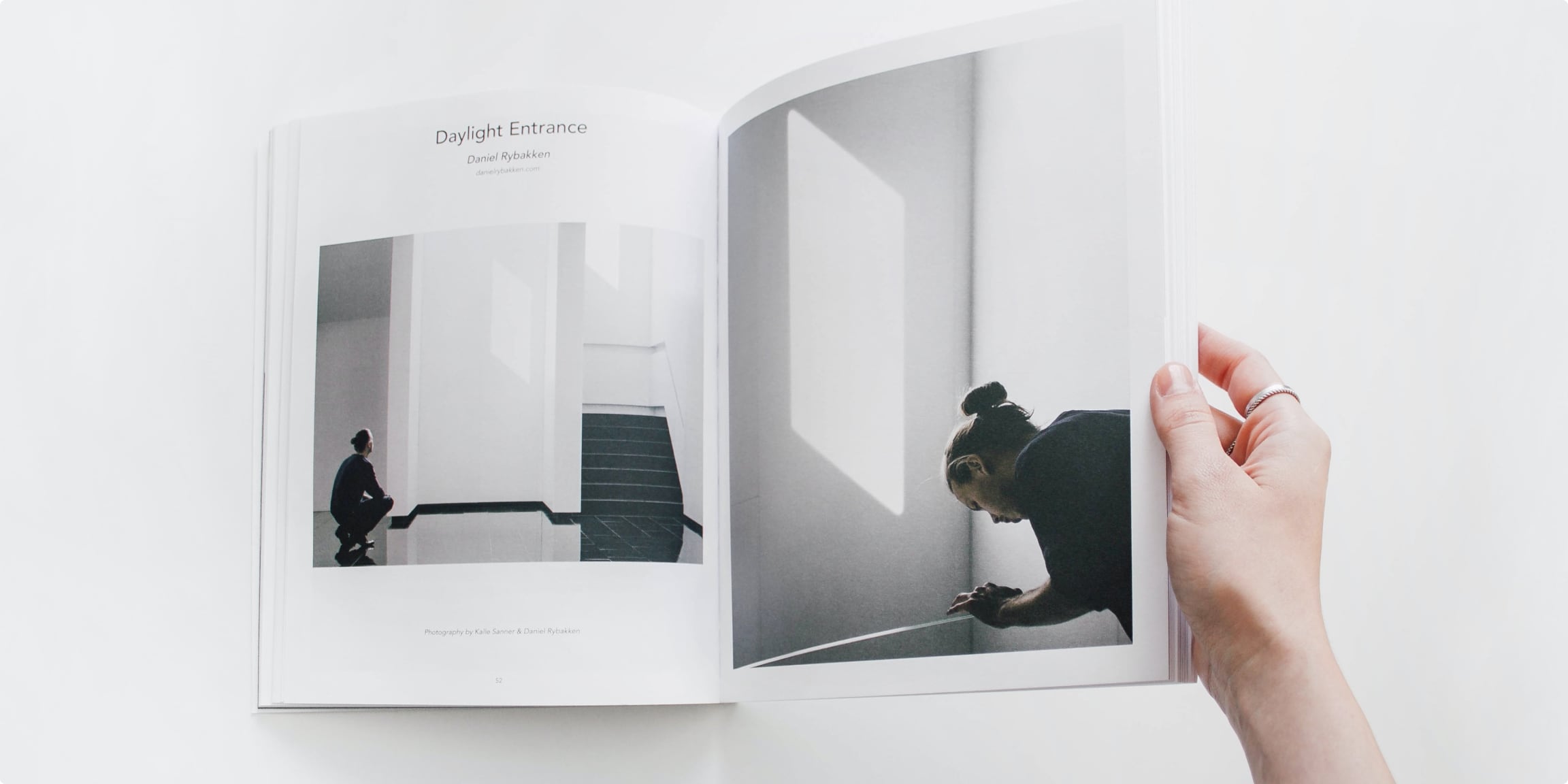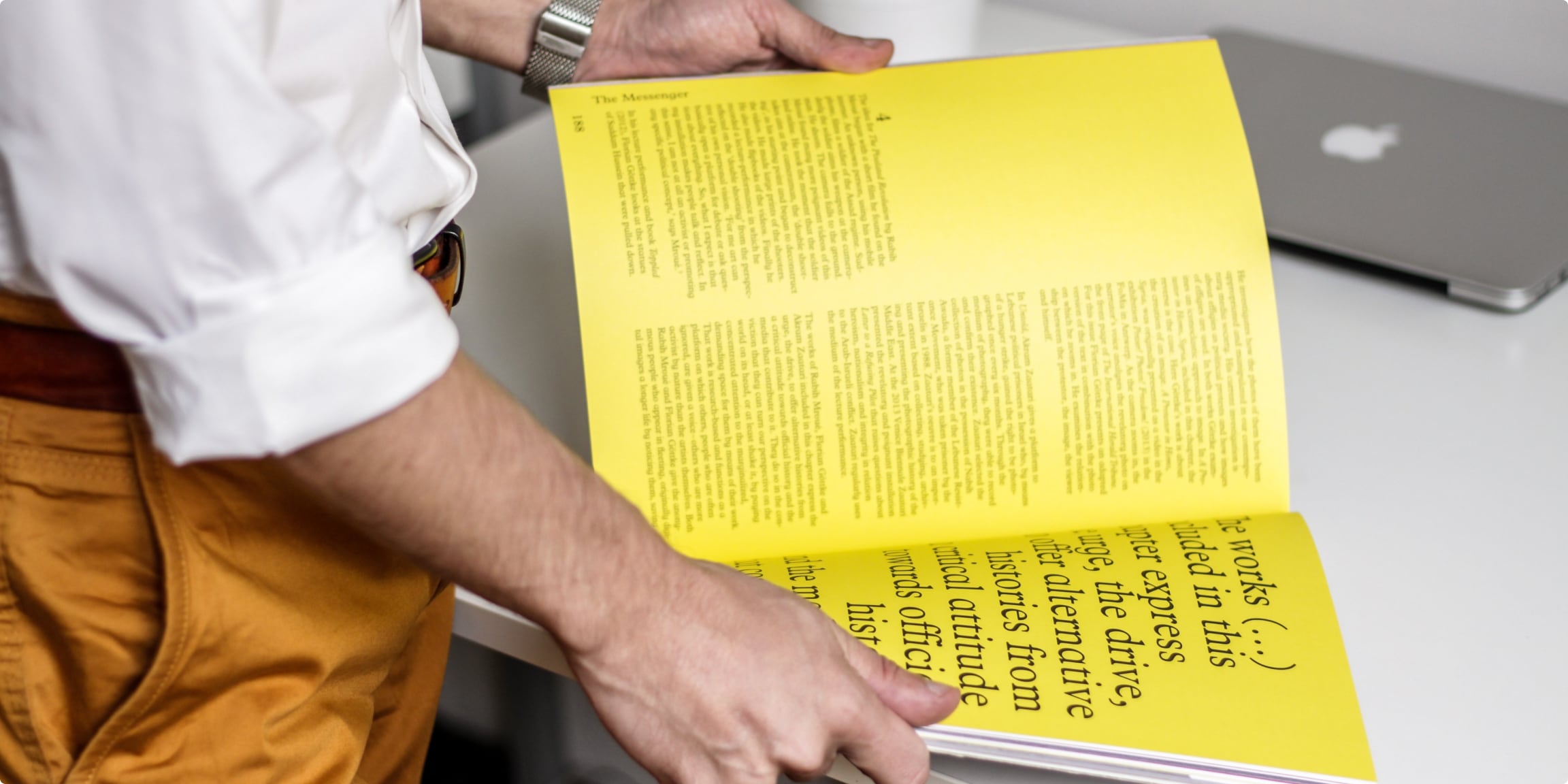



In the fast-paced and visually cluttered world of design, the philosophy of minimalism stands as a beacon of simplicity and elegance. In this exploration of "Simplicity in Design," we unravel the transformative power of minimalism. Discover how the deliberate removal of excess elements can elevate designs, foster clarity, and create a lasting impact on users.
Embracing minimalism in the design world
Minimalism is not merely a design trend but a powerful philosophy that champions simplicity and functionality. In this article, we delve into the profound impact of embracing minimalism in the design world. Explore how stripping away unnecessary elements can enhance user experiences, communicate messages with clarity, and ultimately create designs that stand the test of time.
The art of less: Minimalist aesthetics
At the core of minimalism lies the art of less. Delve into the aesthetic principles that define minimalist design—from clean lines and ample white space to simple color palettes. Understand how these design choices contribute to a sense of calm, focus, and a timeless visual appeal. Minimalist aesthetics not only catch the eye but also guide users through a seamless and intentional journey.
Functional minimalism in user interfaces
Minimalism extends its influence into user interface design, where functionality takes center stage. Explore how functional minimalism simplifies user interactions, reduces cognitive load, and enhances overall usability. Through real-world examples, discover how leading digital platforms leverage minimalist UI to create intuitive and user-friendly experiences.
Minimalist typography: Communicating with clarity
Typography plays a pivotal role in minimalist design, serving as a vehicle for clear communication. Uncover the principles of minimalist typography, including font choices, spacing, and hierarchy. See how minimalist typography goes beyond aesthetics, enabling designers to convey messages with clarity and impact.
The timelessness of minimalist branding
In the realm of branding, minimalism has proven its longevity and adaptability. Explore the timelessness of minimalist branding, examining how iconic logos and brand identities embrace simplicity to leave a lasting imprint on consumers' minds. Minimalist branding not only communicates a brand's essence but also ensures a memorable and recognizable presence.
Balancing minimalism with impactful imagery
While minimalism often emphasizes simplicity, the role of impactful imagery should not be underestimated. Discover how designers strike a balance between minimalist design principles and the inclusion of powerful imagery. Whether through photography or illustrations, learn how minimalism enhances the visual impact of imagery while maintaining a clean and focused design.
Minimalism in design is more than an aesthetic choice—it's a strategic approach that prioritizes clarity, functionality, and timeless appeal. By embracing minimalist aesthetics, incorporating functional minimalism in user interfaces, mastering minimalist typography, understanding the timelessness of minimalist branding, and balancing simplicity with impactful imagery, designers can harness the power of minimalism to create designs that resonate and endure.
In the fast-paced and visually cluttered world of design, the philosophy of minimalism stands as a beacon of simplicity and elegance. In this exploration of "Simplicity in Design," we unravel the transformative power of minimalism. Discover how the deliberate removal of excess elements can elevate designs, foster clarity, and create a lasting impact on users.
Embracing minimalism in the design world
Minimalism is not merely a design trend but a powerful philosophy that champions simplicity and functionality. In this article, we delve into the profound impact of embracing minimalism in the design world. Explore how stripping away unnecessary elements can enhance user experiences, communicate messages with clarity, and ultimately create designs that stand the test of time.
The art of less: Minimalist aesthetics
At the core of minimalism lies the art of less. Delve into the aesthetic principles that define minimalist design—from clean lines and ample white space to simple color palettes. Understand how these design choices contribute to a sense of calm, focus, and a timeless visual appeal. Minimalist aesthetics not only catch the eye but also guide users through a seamless and intentional journey.
Functional minimalism in user interfaces
Minimalism extends its influence into user interface design, where functionality takes center stage. Explore how functional minimalism simplifies user interactions, reduces cognitive load, and enhances overall usability. Through real-world examples, discover how leading digital platforms leverage minimalist UI to create intuitive and user-friendly experiences.
Minimalist typography: Communicating with clarity
Typography plays a pivotal role in minimalist design, serving as a vehicle for clear communication. Uncover the principles of minimalist typography, including font choices, spacing, and hierarchy. See how minimalist typography goes beyond aesthetics, enabling designers to convey messages with clarity and impact.
The timelessness of minimalist branding
In the realm of branding, minimalism has proven its longevity and adaptability. Explore the timelessness of minimalist branding, examining how iconic logos and brand identities embrace simplicity to leave a lasting imprint on consumers' minds. Minimalist branding not only communicates a brand's essence but also ensures a memorable and recognizable presence.
Balancing minimalism with impactful imagery
While minimalism often emphasizes simplicity, the role of impactful imagery should not be underestimated. Discover how designers strike a balance between minimalist design principles and the inclusion of powerful imagery. Whether through photography or illustrations, learn how minimalism enhances the visual impact of imagery while maintaining a clean and focused design.
Minimalism in design is more than an aesthetic choice—it's a strategic approach that prioritizes clarity, functionality, and timeless appeal. By embracing minimalist aesthetics, incorporating functional minimalism in user interfaces, mastering minimalist typography, understanding the timelessness of minimalist branding, and balancing simplicity with impactful imagery, designers can harness the power of minimalism to create designs that resonate and endure.
In the fast-paced and visually cluttered world of design, the philosophy of minimalism stands as a beacon of simplicity and elegance. In this exploration of "Simplicity in Design," we unravel the transformative power of minimalism. Discover how the deliberate removal of excess elements can elevate designs, foster clarity, and create a lasting impact on users.
Embracing minimalism in the design world
Minimalism is not merely a design trend but a powerful philosophy that champions simplicity and functionality. In this article, we delve into the profound impact of embracing minimalism in the design world. Explore how stripping away unnecessary elements can enhance user experiences, communicate messages with clarity, and ultimately create designs that stand the test of time.
The art of less: Minimalist aesthetics
At the core of minimalism lies the art of less. Delve into the aesthetic principles that define minimalist design—from clean lines and ample white space to simple color palettes. Understand how these design choices contribute to a sense of calm, focus, and a timeless visual appeal. Minimalist aesthetics not only catch the eye but also guide users through a seamless and intentional journey.
Functional minimalism in user interfaces
Minimalism extends its influence into user interface design, where functionality takes center stage. Explore how functional minimalism simplifies user interactions, reduces cognitive load, and enhances overall usability. Through real-world examples, discover how leading digital platforms leverage minimalist UI to create intuitive and user-friendly experiences.
Minimalist typography: Communicating with clarity
Typography plays a pivotal role in minimalist design, serving as a vehicle for clear communication. Uncover the principles of minimalist typography, including font choices, spacing, and hierarchy. See how minimalist typography goes beyond aesthetics, enabling designers to convey messages with clarity and impact.
The timelessness of minimalist branding
In the realm of branding, minimalism has proven its longevity and adaptability. Explore the timelessness of minimalist branding, examining how iconic logos and brand identities embrace simplicity to leave a lasting imprint on consumers' minds. Minimalist branding not only communicates a brand's essence but also ensures a memorable and recognizable presence.
Balancing minimalism with impactful imagery
While minimalism often emphasizes simplicity, the role of impactful imagery should not be underestimated. Discover how designers strike a balance between minimalist design principles and the inclusion of powerful imagery. Whether through photography or illustrations, learn how minimalism enhances the visual impact of imagery while maintaining a clean and focused design.
Minimalism in design is more than an aesthetic choice—it's a strategic approach that prioritizes clarity, functionality, and timeless appeal. By embracing minimalist aesthetics, incorporating functional minimalism in user interfaces, mastering minimalist typography, understanding the timelessness of minimalist branding, and balancing simplicity with impactful imagery, designers can harness the power of minimalism to create designs that resonate and endure.


